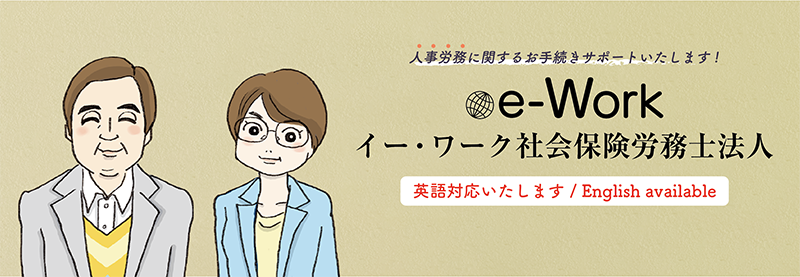Since April 2019, employers have become required to ensure employees entitled to annual paid leave take at least five days of paid leave by designating the period. This prompted many companies to check if their workers have used annual leave at the end of a quarter or a half year after leave is granted. This article answers to frequently asked questions regarding this rule.
[1] Employees taking sick leave
Annual paid leave are days off taken on working days, whereas sick leave is a period when workers are exempted from their duties due to injuries, illnesses or other reasons. If an employee starts sick leave before the day annual leave is granted and remains absent form work throughout the one-year period from day annual leave is granted (hereinafter, “the obligation period”), the company cannot provide annual leave, which can be used on working days. Even if such employee did not take five days of annual leave, the company will not be considered to have violated the rule.
[2] Employees taking childcare leave
Similar to sick leave, employees are exempted from work during childcare leave. A worker who took childcare leave for the whole obligation period will be treated in the same manner as [1].
If a worker returned to work from childcare leave during the obligation period, the company has make the worker take annual leave as other employees. However, if the number of working days after returning to work until the end of the obligation period is less than five, the company does not have to meet the requirement.
Meanwhile, if the obligation period ends on March 31 and an employee returns to work on March 16, the rule requires the company to ensure the employee takes five days of paid leave between March 16 and March 31. If there are at least five working days during this period, the company has to have the employee take five days of paid leave.
[3] Cases of part-timers becoming full-time employees
The rule to make workers use at leave five days of annual leave within a year after the leave is granted applies to part-timers who are given 10 or more days of annual leave. If such part-timers become regular employees, they will be entitled to the remaining days of paid leave and the company’s obligation also continues.
There may be cases where annual paid leave is granted to full-time employees on April 1 and part-timers on October 1. If a part-timer becomes a full-time employee during the obligation period, the granted day of annual leave may be moved to April 1. In such case, the company has to make the employee take leave according to the length of part-time and full-time employment periods. The number of leave days is calculated based on the proportion of each period to one year.
Annual paid leave obligation is also applied to workers in managerial positions. It is not unusual that managers are constantly busy and find it difficult to use annual leave. Companies has to plan carefully to help them take leave and avoid a situation where employees become absent near the end of the obligation period and causing problems in their operations.
Reference
Labour Ministry “Explanation about five-day annual leave requirement”













